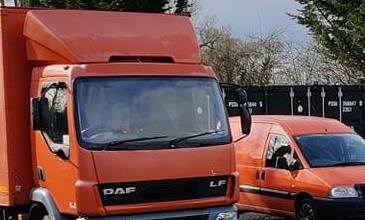Advanced Driver Assistance Systems (ADAS) have been around for a while. Having started in premium car brands, ADAS features are increasingly featuring in various forms of commercial vehicles and light vans.
Lane drift warning is common on cars and is another tool in the good HGV’s armoury too; some systems will even actively steer the truck back onto the road if it looks likely it will drift onto the verge. Adaptive cruise control – where the vehicle’s systems keep constant distance between it and any objects ahead – may not be attractive to those thinking they will save fuel by tailgating, but the road safety benefits are obvious.
But what of the future?
Fleet users can see more exciting ideas coming down the road and some hauliers are already finding a reduction in costs due to ADAS. Continental recently claimed* that their eHorizon product – which is linked to GPS maps and constantly monitors the terrain ahead – automatically adapts driving style and speed to maximise economy and has saved an estimated one BILLION litres of fuel between 2012 and 2019. Imagine all that saving going to waste if a truck’s alignment was just a few millimetres out. For example, the US EPA has discovered that a tiny error in wheel alignment can take 7% off fuel efficiency showing that technology can only save money as part of an all-round approach. Absolute Alignment has a range of equipment that can cope with your whole fleet, giving fuel efficiency savings in the reps’ cars as well as vans and commercials.
Bosch is developing pro-active systems that scan the road ahead for road signs and other hazards, which uses a clever AI system to relay the information to the driver. For now, this is all about making sure the driver is aware of prevailing speed limits, but how long will it be before the Advanced Driver ASSISTANCE Systems become autonomous driving? More building blocks are being put in place every year.
*Study published by Continental June 2019

